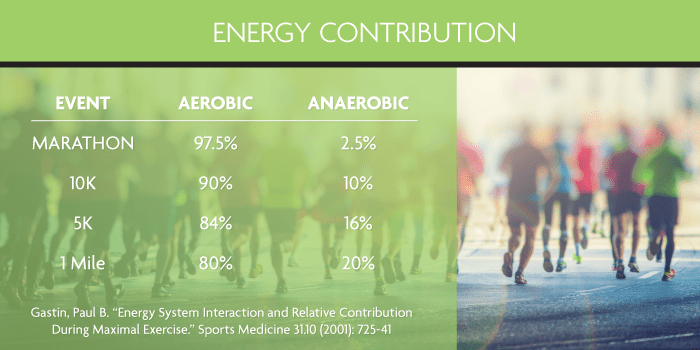When you go for a run your body starts to use energy at a higher rate to keep up with the demand of working harder. There are three primary energy systems that your body can use. Today, we will break these into two:
1. Aerobic (uses oxygen)
2. Anaerobic (no oxygen required).
Looking at distance running it is clear that most of the energy provided is from the aerobic system as per the table below. Even looking at a 5km race, 84% of the energy is from the aerobic energy system.
When considering distance running, most energy is provided from our aerobic system, as detailed in the table below. We can’t survive without oxygen, so even a 5km race, the aerobic energy system provides 84% of the energy required.
Knowing this, it is clear that to become proficient at distance running you must be stressing the body in a way that forces adaptations of the aerobic energy system.
One of the best ways to build a strong aerobic system is with easy running. Most runners will spend a large majority (up to 80%) of their running at an easy pace. One of the biggest mistakes that runner’s make is running these easy runs too fast.
There are multiple ways to quantify and pace yourself for an easy run. From a scientific standpoint, easy running is typically done between 59-74% of VO2max or 65-78% of maximum heart rate. When my runner’s have an “easy” run, I prefer to use subjective feeling over tracking heart rate. Why? Because your pace can vary by 30-40s/km depending on how you are feeling on the day.
For example, the course you are running may be very hilly, it may be extremely hot and humid or you just might have had a tough and stressful day.
When you are next out for an “easy” run, run at a pace that you are able to hold a conversation at. This cue is simple but incredibly effective.
One of the biggest benefits of easy running is that you are training the heart muscle. The heart is like any other muscle in the body… you can train it to get stronger!! The heart is able to pump the most amount of blood per beat when working at about 60% of your maximum heart rate. You may not feel like you are working very hard. However, your heart is.
Not only does this slower paced running improve your heart muscle, it also improves the blood flow to your working muscles and the ability of these muscles to uptake and utilise this oxygen. Small changes such as increased capillaries and increased number of enzymes in the muscles are a result of increased time stressing the muscle fibres.
In order to enjoy the benefits of these training runs, aim for a duration of at least 30 minutes for your easy runs. The upper limit I would suggest is 2.5 hours (unless preparing for ultra events), however build up gradually to a long run of this duration.
When you go for a run your body starts to use energy at a higher rate to keep up with the demand of working harder. There are three primary energy systems that your body can use. Today, we will break these into two:
1. Aerobic (uses oxygen)
2. Anaerobic (no oxygen required).
Looking at distance running it is clear that most of the energy provided is from the aerobic system as per the table below. Even looking at a 5km race, 84% of the energy is from the aerobic energy system.
When considering distance running, most energy is provided from our aerobic system, as detailed in the table below. We can't survive without oxygen, so even a 5km race, the aerobic energy system provides 84% of the energy required.
Knowing this, it is clear that to become proficient at distance running you must be stressing the body in a way that forces adaptations of the aerobic energy system.
One of the best ways to build a strong aerobic system is with easy running. Most runners will spend a large majority (up to 80%) of their running at an easy pace. One of the biggest mistakes that runner’s make is running these easy runs too fast.
There are multiple ways to quantify and pace yourself for an easy run. From a scientific standpoint, easy running is typically done between 59-74% of VO2max or 65-78% of maximum heart rate. When my runner's have an "easy'' run, I prefer to use subjective feeling over tracking heart rate. Why? Because your pace can vary by 30-40s/km depending on how you are feeling on the day.
For example, the course you are running may be very hilly, it may be extremely hot and humid or you just might have had a tough and stressful day.
When you are next out for an "easy" run, run at a pace that you are able to hold a conversation at. This cue is simple but incredibly effective.
One of the biggest benefits of easy running is that you are training the heart muscle. The heart is like any other muscle in the body... you can train it to get stronger!! The heart is able to pump the most amount of blood per beat when working at about 60% of your maximum heart rate. You may not feel like you are working very hard. However, your heart is.
Not only does this slower paced running improve your heart muscle, it also improves the blood flow to your working muscles and the ability of these muscles to uptake and utilise this oxygen. Small changes such as increased capillaries and increased number of enzymes in the muscles are a result of increased time stressing the muscle fibres.
In order to enjoy the benefits of these training runs, aim for a duration of at least 30 minutes for your easy runs. The upper limit I would suggest is 2.5 hours (unless preparing for ultra events), however build up gradually to a long run of this duration.
Let's get started — How can we help?
Physiotherapy
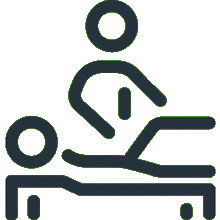
Chiropractic
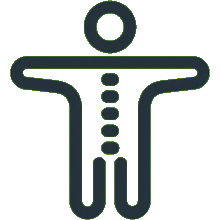
Podiatry
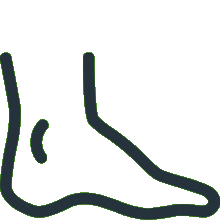
Massage Therapy
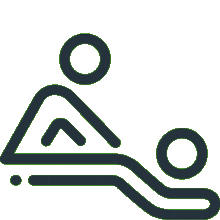
Women's Health Physiotherapy

Running Program Tailored To Your Goals
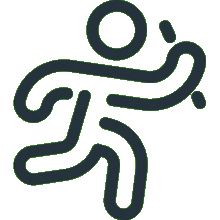
Joint Mobilisation
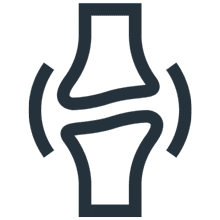
Active Release Technique
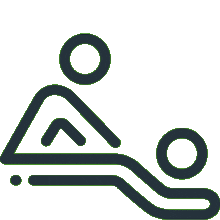
Exercise Prescription
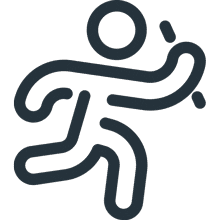
Real Time Ultrasound Imaging

Spinal Manipulation
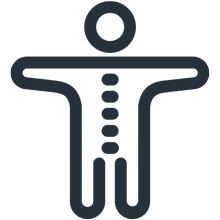
Functional Movement Screen
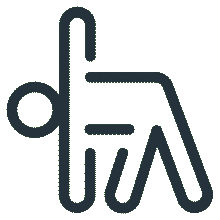
Knee Pain Treatment

Hamstring Strain Treatment
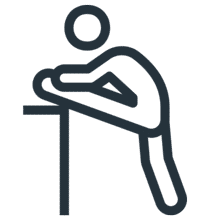
Hip Pain Treatment

Upper, Middle & Lower Back Pain

Neck Pain Treatment

Shoulder Pain & Rotator Cuff Tear

Can't find what you're after?
View all Services
Make an appointment
Or email the PEAK team at info@peakssc.com.au
Hawthorne
- Phone: (07) 3399 3318
- Fax: (07) 3319 6577
Address
5/171 Riding Road,Hawthorne, QLD, 4171 Get Directions
Opening Hours -
6 days per week
- Monday - Friday: 7:00 am - 8:00 pm
- Saturday: 7:00 am - 1:00 pm
To make a booking outside of business hours, please use our form by clicking here.
New Farm
- Phone: (07) 3399 4668
- Fax: (07) 3319 6577
Address
1/15 Lamington Street,New Farm, QLD, 4005 Get Directions
Opening Hours -
6 days per week
- Monday: 7:00 am - 8:00 pm
- Tuesday: 7:00 am - 8:00 pm
- Wednesday: 9:00 am - 8:00 pm
- Thursday: 10:00 am - 8:00 pm
- Friday: 7:00 am - 3:00 pm
- Saturday: 7:00 am - 3:00 pm
To make a booking outside of business hours, please use our form by clicking here.
